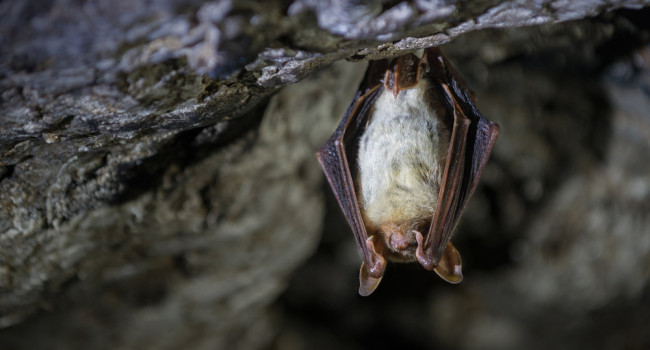Effects of Natura 2000 on nontarget bird and butterfly species based on citizen science data
Author(s): Pellissier, V., Schmucki, R., Pe'er, G., Aunins, A., Brereton, T.M., Brotons, L., Carnicer, J., Chodkiewicz, T., Chylarecki, P., del Moral, J.C., Escandell, V., Evans, D., Foppen, R., Harpke, A., Heliölä, J., Herrando, S., Kuussaari, M., Kühn, E., Lehikoinen, A., Lindström, Å., Moshøj, C.M., Musche, M., Noble, D., Oliver, T.H., Reif, J., Richard, D., Roy, D.B., Schweiger, O., Settele, J., Stefanescu, C., Teufelbauer, N., Touroult, J., Trautmann, S., van Strien, A.J., van Swaay, C.A.M., van Turnhout, C., Vermouzek, Z., Voříšek, P., Jiguet, F. &Julliard, R.
Published: November 2019
Journal: Conservation Biology
Digital Identifier No. (DOI): 10.1111/cobi.13434
Abstract
Article impact statement: Across Europe the abundance of a majority of nontarget birds and a quarter of nontarget butterflies increased with Natura 2000 coverage.







Share this page